Ever heard of ‘compleating’? Simply put, it is eating all the edible parts of fruit, veg and herbs. Going beyond what we may currently assume is the only bit of a plant that’s good to eat, this easy approach to zero-waste cooking is tasty, better for the planet and what’s more it can also save you money.
Sustainability writer Ellen Tout discovered this for herself when starting to grow food in her own garden, noticing there is much more to veg than we see in the shops.
“When I started growing little bits of food by myself, I was like, well, it’s taken me so much time and effort to grow this, why am I throwing away half of it?” she says. “I realised leeks have really big leafy tops, and long roots, and you can eat the whole thing. But in a supermarket, you just see it trimmed and in a plastic packet and so you don’t question it.”
Struggling to find all the info she needed in one place to help her cook more sustainably in this way, she took matters into her own hands to test out ideas and gather all the information in one place – this became The Complete Book of Vegan Compleating.
It couldn’t be better timed, as the cost-of-living crisis is stretching food budgets to the limit. Getting creative with how we cook can help hugely, as Tout explains.
“Things are becoming so much more expensive. If you [compleat], you’re making your ingredients go further without much more outlay, with just some minimal ingredients to add to it,” she says.
“If you’re using the leafy green radish tops for another meal, then you’re not having to pay out for the spinach or whatever would have been in that otherwise.”
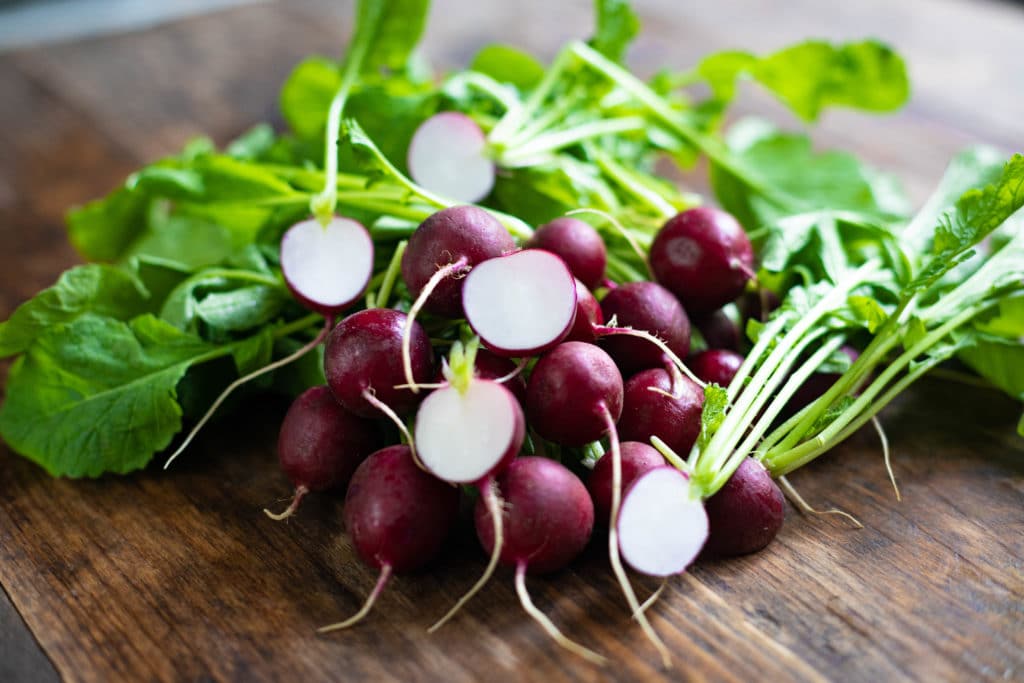
Knowledge and confidence are key; the kind of skills your grandparents would have taken for granted like pickling, fermenting, or preserving may seem daunting, but explained in Tout’s clear style they feel very doable.
“Maybe because we’re so used to buying things in packets or we’re not taught at school anymore, I used to think that things like that were really difficult and that you need lots of equipment or that it wouldn’t turn out right. But it’s often tastier, cheaper, and more fun if you do it yourself.”
She makes the very valid point that with older generations compleating was more commonplace, not just out of necessity, but because they grew more, and knew their ingredients better. “As with a lot of sustainability things, it’s not anything new, it’s just the things that we’ve lost or are not taught anymore,” she says.
Finding time to compleat may feel like one too many things to add to a busy modern-day schedule, but the secret seems to be just integrating some simple tips into your day-to-day routines.
Simmer to make stock
“A very easy thing that I always say to people is to start making your own stock,” continues Tout.
“I have a bag in my freezer, and we put things in there like onion skins, garlic skins, a random end of a parsnip. You can simmer that all up once a month, and then have free ready-made stock in the fridge for basically no effort and no cost.”
A great way to explore a much wider range of textures and flavours, you also keep many of the vitamins that would otherwise be lost.
Crisp it up
Did you know you can make crisps out of veg?
“Rather than throwing away the peel, you could make crisps from it, or incorporate veg tops or seeds into a recipe. And then you’re getting the most taste and goodness for your money,” Tout continues.
“It may help some people improve the quality of what they can afford to buy if they’re going to be using more of it. So, it seems like a bit of a win-win.”
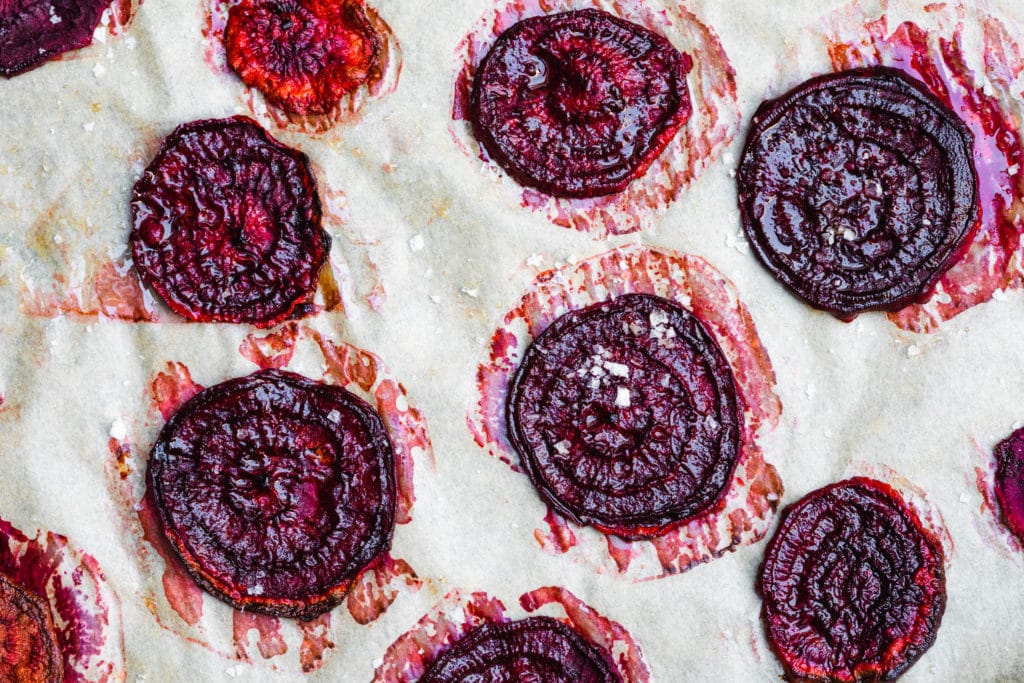
Things to avoid
Even with this approach, though, not everything is completely edible. Rhubarb leaves and large amounts of apple seeds are poisonous for example, which is why getting to know our food all over again and using a good guide really helps.
Food is a shared joy, but not everyone immediately sees the point in eating root to shoot, and you may raise a few eyebrows.
“When you first explain compleating to some people, it sounds a bit weird, and some people don’t get it,” says Tout. “But actually once you give them something to try people are a lot more willing to experiment.
“Once you’ve tried some roasted seeds that would have otherwise gone in the bin and they’re really tasty, then it makes a lot more sense,” she says.
Banana skins, anyone?
Banana skins are one of the things she is most asked about – and yes, you can eat them! Nutrient rich, they can be simmered, blended and added to a vegan fruit loaf, or used in savoury dishes.
“A lot of vegan recipes now use jackfruit because it absorbs the flavour – banana peel is the same. So, you can make kind of pulled pork type thing with it, also a vegan ‘bacon’. It is way tastier than you would think.”
The power to make a difference
The feelgood factor of small everyday acts that make a difference can’t be underestimated – an inspiring advocate for compleating, Tout’s approach to food ultimately is very empowering.
“I do think it feels good to know that you’re stopping food from just going to landfill; you’re making the most of the whole thing before your automatic response to just to put it in the food waste. When you’ve got the information to know what to do, it’s quite rewarding,” she says.
The Complete Book of Vegan Completing (£14.99, Nourish Books) is out now.
See next week’s Lifestyle section at wickedleeks.com for exclusive recipes from The Vegan Book of Compleating for #plasticfreejuly.

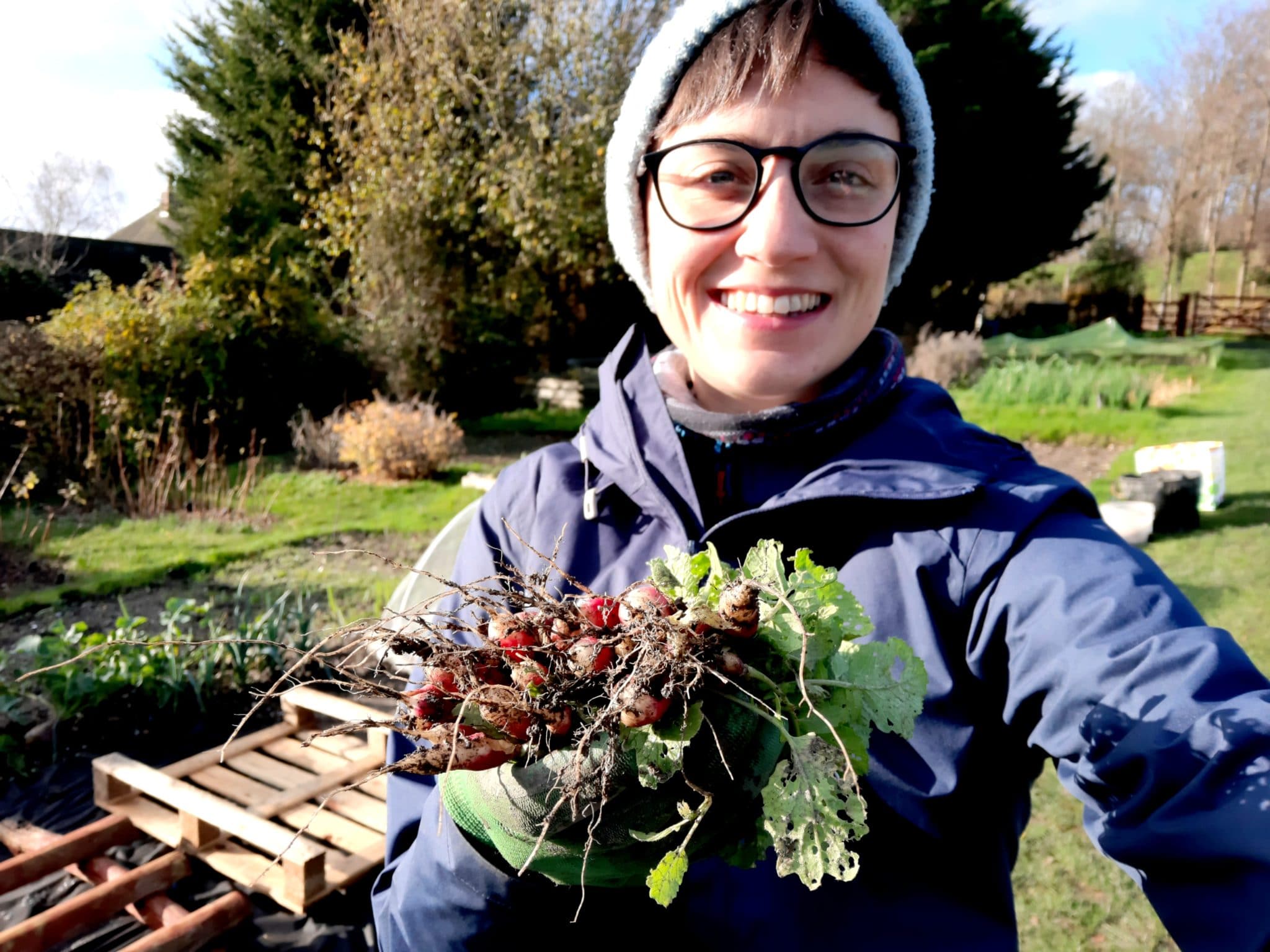
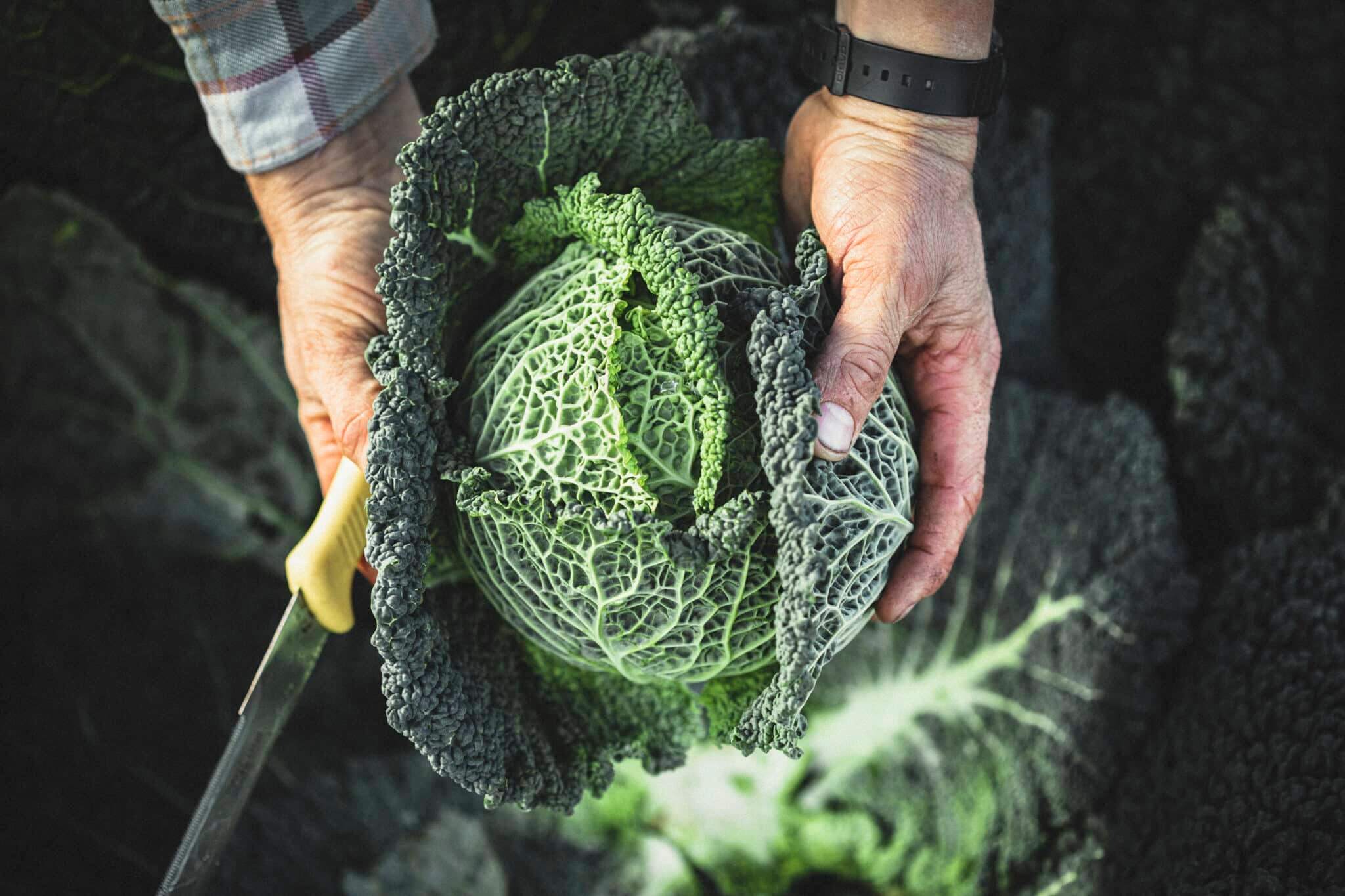

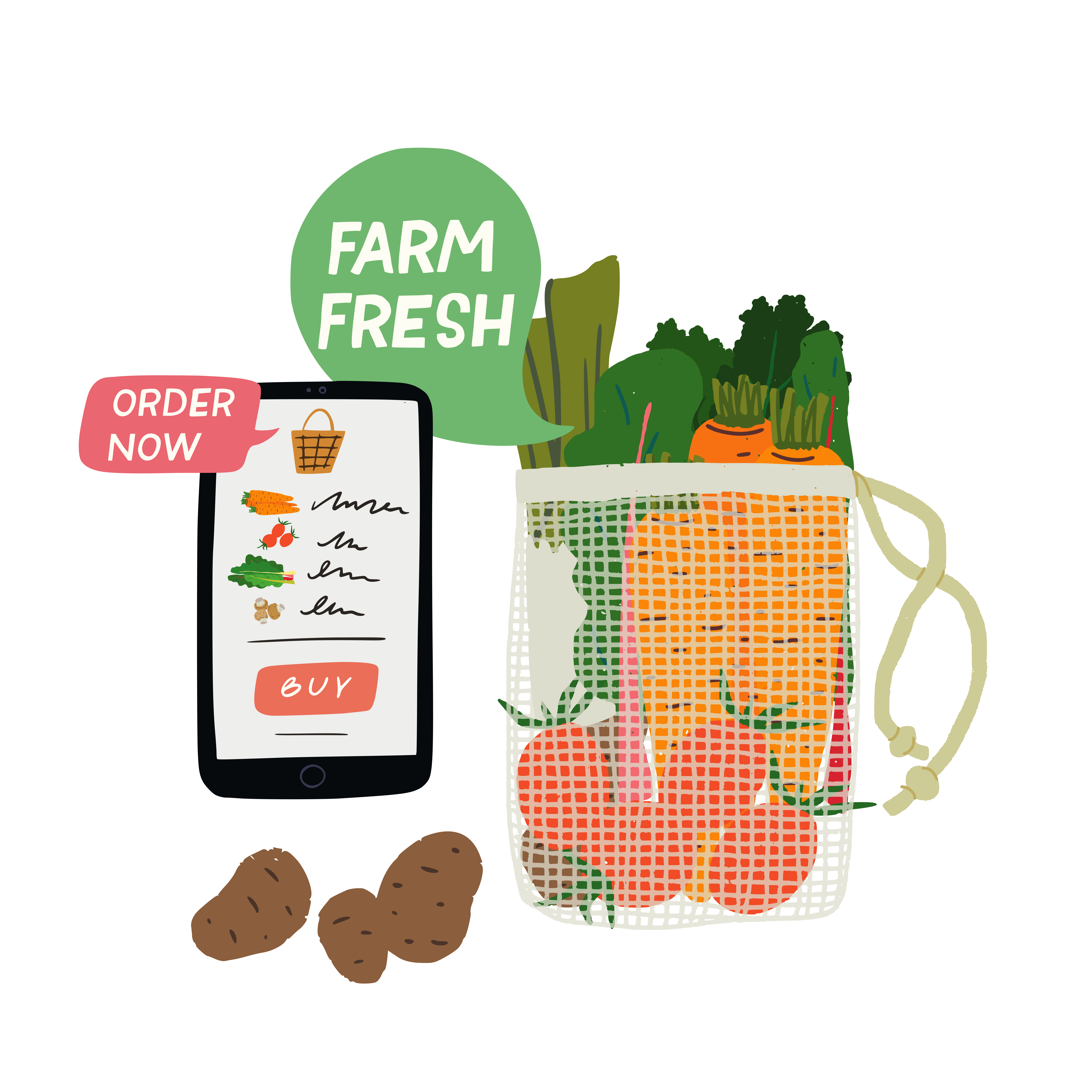
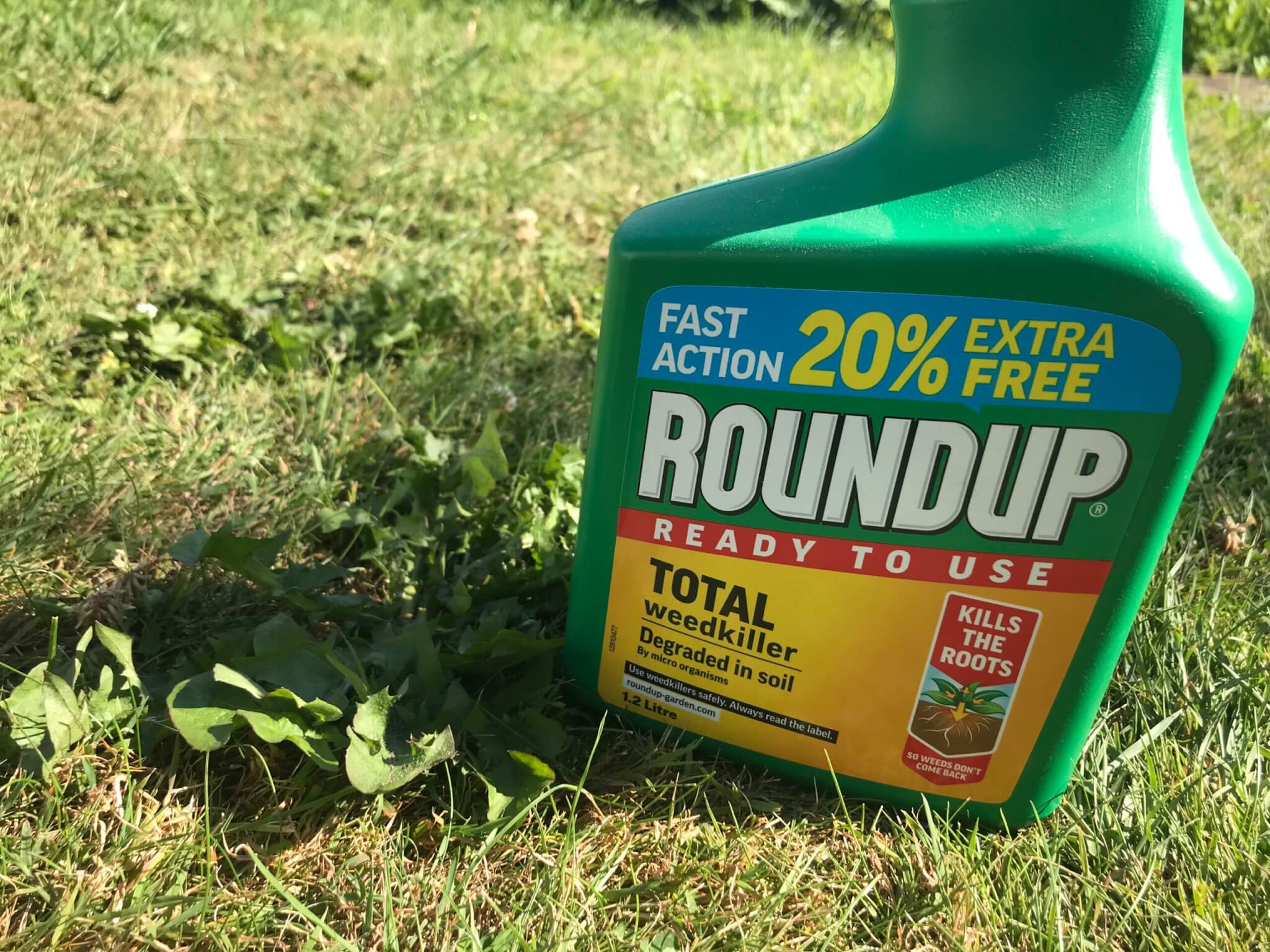







While I wholeheartedly agree with the principle of “completing” I would question the sustainabiltiy of bananas or jackfruit (unless this is being read in a tropical country). I am not suggesting that we go without these exotic fruit completely (though maybe we should) but at the very least buy them as very occasional special treats and make sure they are fairly traded.
Absolutely – eat local first, then go for zero airfreight, fairtrade and organic if buying tropical fruits; the best options for supporting farming communities and lowering the carbon footprint of these goods.